The unconventional romance between Prince Philip and Queen Elizabeth II
Prince Philip’s rather unconventional romance blossomed into love and marriage – and a partnership for more than 70 years.
Royals
Don't miss out on the headlines from Royals. Followed categories will be added to My News.
A photograph propped up on the mantelpiece in Lilibet’s room was one of the first indications she was growing up fast.
The future Queen Elizabeth II was still a teenager but sometime earlier at the age of 13 she had met a dashing 18-year-old sailor named Philip and a couple of years on had a photo of him on the mantel in her bedroom.
The tall good-looking naval officer with the piercing blue eyes was himself only a boy having just turned 21 but in 1942 he was at sea fighting for his country and secretly writing to the princess to whom who he was distantly related.
Elizabeth’s nanny Marion Crawford saw the image and was concerned.
“Is that wise? People will begin all sorts of gossip about you,” she told the young princess known by family by the pet name Lilibet.
Lilibet looked at the photograph and replied: “Oh dear I suppose they will”.
Some days later Crawford noticed the image had disappeared but in its place was another of Philip with an enormous beard he had grown at sea.
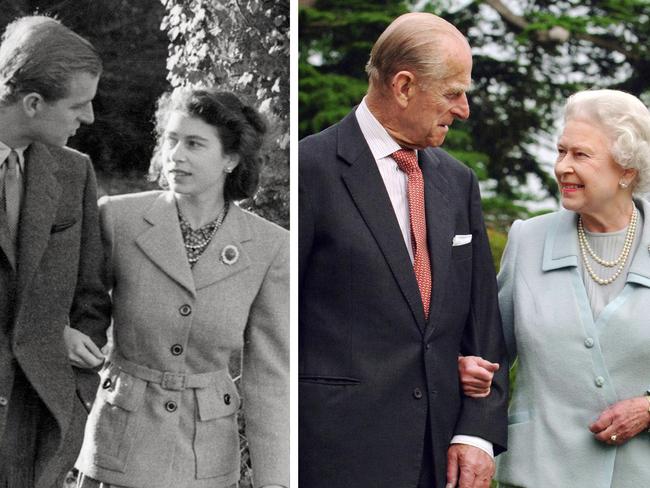
“There you are Crawfie,” Lilibet said ruefully. “He’s completely incognito in that one.”
And there began a rather unconventional romance that soon blossomed into love and marriage and a partnership that has spanned more than 70 years. Theirs is a love story, held under a very public view since they wed on November 20, 1947 till his death.
It began when Elizabeth was just 13 on one Sunday morning in 1939 during a private visit to Dartmouth, aboard the King’s yacht, the Victoria and Albert.
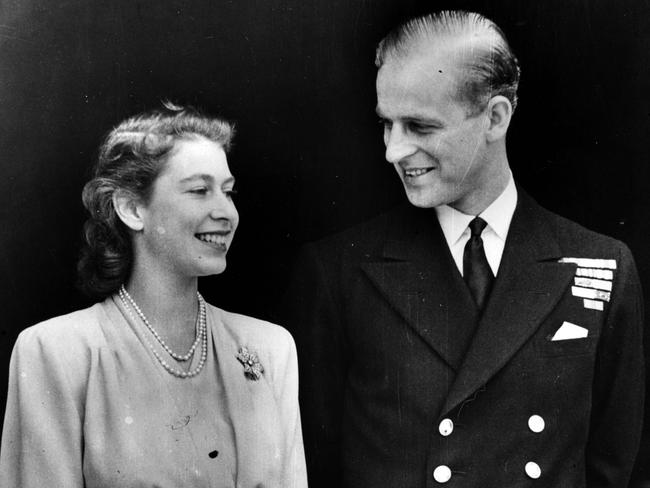
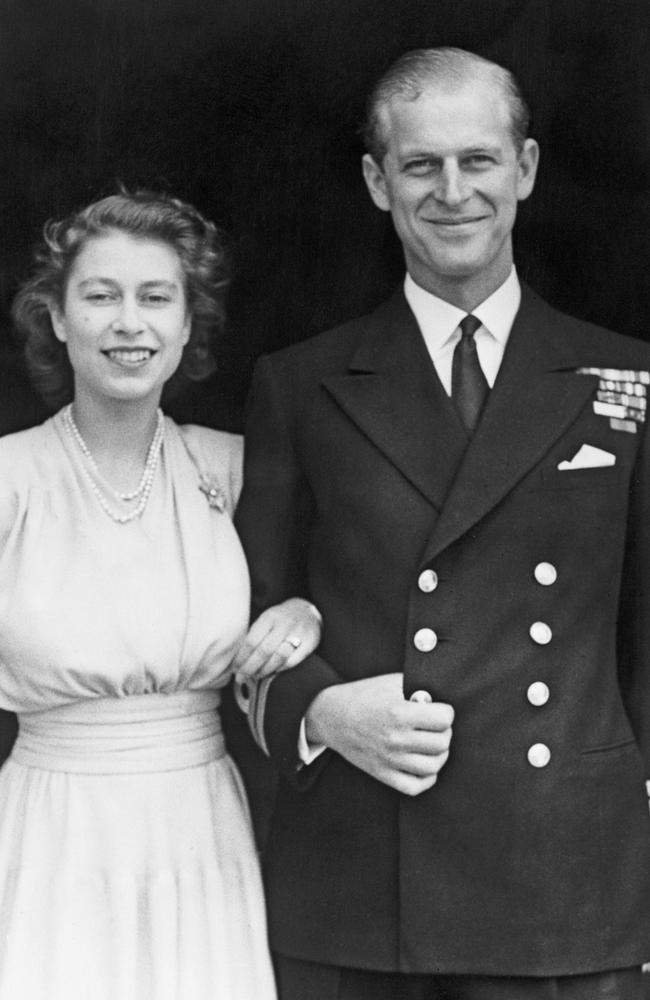
As her parents King George VI and Queen Elizabeth toured the Royal Naval College, Philip, who was studying there, was asked to mind Lilibet and her little sister Margaret — Philip’s third cousins through Queen Victoria and second cousins once removed through King Christian IX of Denmark. The two girls were dropped off at a children’s room to play with a clockwork train set when Philip entered. He knelt down and played trains with them but soon got bored and suggested they go outside and jump tennis court nets. He showed off by jumping them several times.
Crawford, the Scottish governess, was there to witness the meeting.
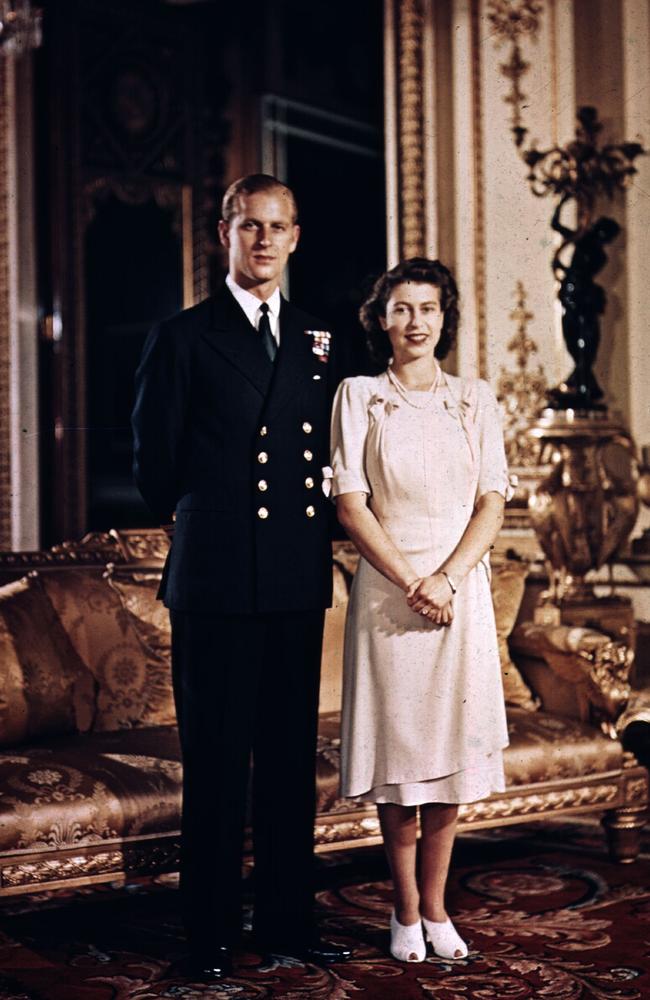
She later recorded in her memoirs the future Queen’s reaction as she was most impressed and said: “How good he is Crawfie, how high he can jump!”
“Indeed she never took her eyes off him,” Crawford later wrote. “As a boy he was quite polite but didn’t pay her any special attention — preferring instead to tease plump little Margaret.”
After a lunch, the royal family set sail again and were followed by a flotilla of small boats from the cadets at the college. One by one they all peeled off except for one — being rowed vigorously by Philip.
“Lilibet had a long look at him through binoculars,” Crawford recorded in her 1950 book.

“In the end the King said ‘the young fool. He must go back otherwise we’ll have to heave to and send him back’.
The crew started shouting at him through a megaphone and at last Philip got the message. We gazed at him until he was just a very small speck in the distance.”
Philip and Lilibet remained in constant contact through letters shortly after that encounter and after Philip was sent to war.
After the war Philip remained in the Far East for a few months but returned to England in January 1946.
A letter to Lilibet alluded to his restlessness for something more.
“Still not accustomed to the idea of peace, rather fed up with everything and feeling that there was not much to look forward to and rather grudgingly accepting the idea of going on in the peacetime navy,” he wrote.
But with more time on his hands he began to visit Elizabeth and her young sister more, his black and green MG sports car often seen in the forecourt of Buckingham Palace.
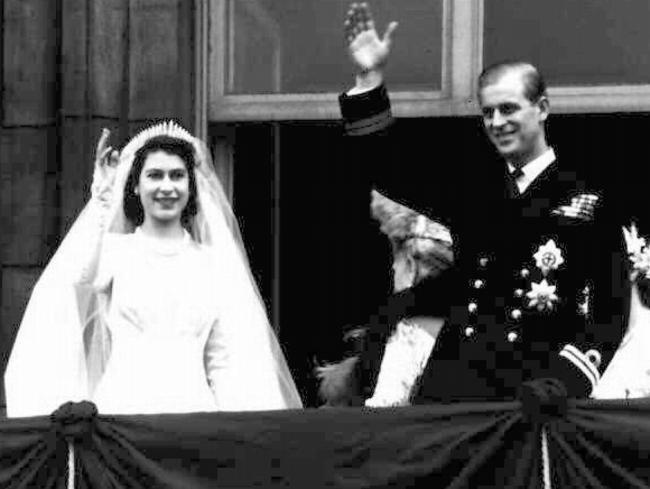
Royal household staff noted the young princess making more of an effort with her appearance and also playing over and over on her Gramophone the tune “People Will Say We’re in Love” from the Oklahoma! musical. The popular tune of the time was also a favourite request she would make for the bands at restaurants she dined in.
By the time she was 19, Philip’s early-stage courtship was no longer a secret and the press followed her every move and speculated about a blossoming romance with a man few knew little about. This was despite precautions; the pair attended the same parties but were not seen dancing together. In the royal household there were mixed views over the brash unpolished naval officer who would turn up at the palace without a hat.

In June of that year Philip wrote to Elizabeth apologising for the “monumental cheek” of him just turning up at the palace.
“Yet however contrite I feel there is always a small voice that keeps saying ‘nothing ventured, nothing gained’ — well did I venture and I gained a wonderful time,” he wrote.
In another later exchange he wrote: “To have been spared in the war and seen victory, to have been given the chance to rest and to readjust myself to have fallen in love completely and unreservedly makes all one’s personal and even the world’s troubles seem small and petty.”
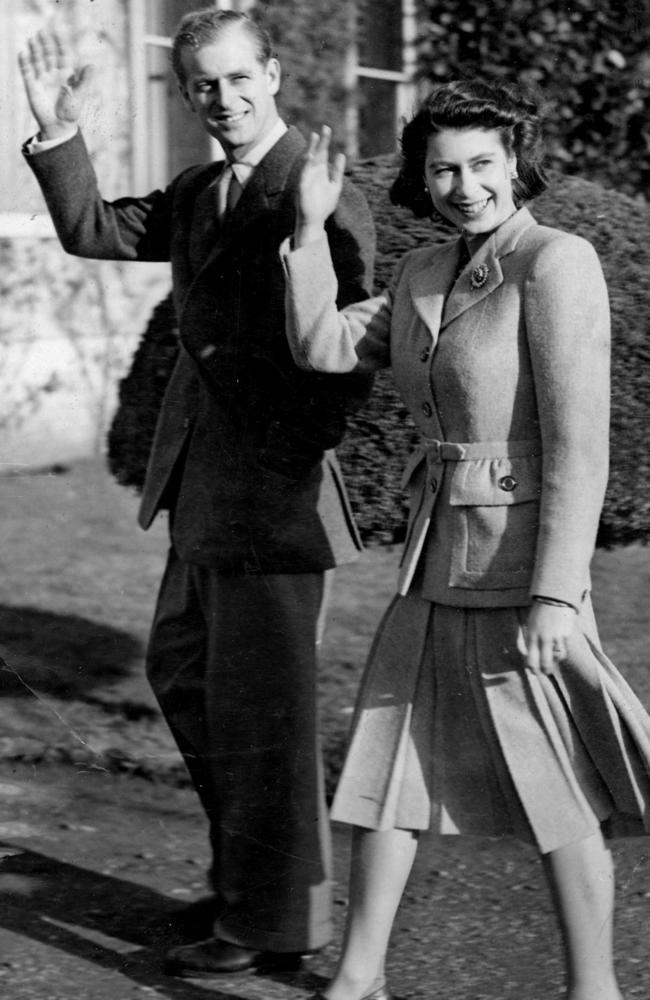
In the late summer/autumn of that year the young officer was invited by the King on a three week holiday to shoot grouse and stalk in Balmoral in Scotland. Staff thought at the time it would be a test to see if he was good enough for his daughter or whether his daughter would actually tire of the forthright cocky officer. There were other mutterings too about his close association with Germany, despite the whole family linked to the former enemy in some way by the royal family tree.
It was a success on both fronts and has been speculated that it was on this trip that marriage was first spoken of, despite the couple rarely being allowed to be alone.

But again the King and Queen were undecided and issued a statement to deny there was any engagement and then whisked the whole family off for an official visit to South Africa. Elizabeth and Philip wrote to each other constantly during these forced weeks of separation.
His love letters including the questioning of whether he deserved “all the good things which have happened to me … to have fallen in love completely and unreservedly.”

He also wrote: “Cherish Lilibet? I wonder if that word is enough to express what is in me”.
In another passage: “The only ‘thing’ in this world which is absolutely real to me and my ambition is to weld the two of us into a new combined existence that will not only be able to withstand the shocks directed at us but will also have a positive existence for the good.”
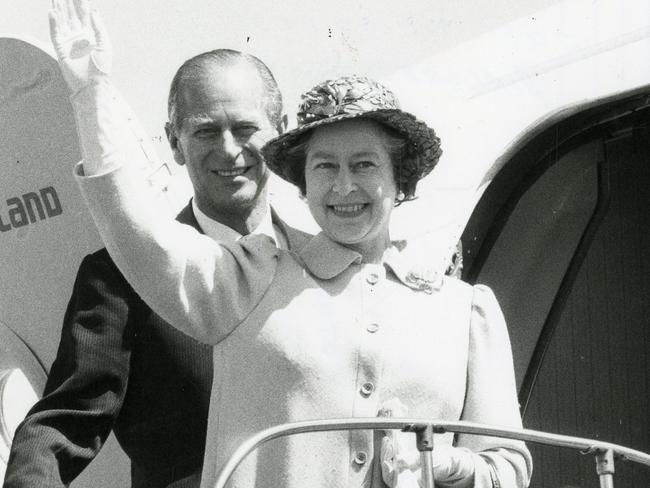
Finally the King agreed his daughter could marry when she was 21. Philip relinquished his right to the throne of Greece and became a naturalised British citizen in preparation.
An engagement was announced on July 9, 1947 and their first official public outing was made at a Buckingham Palace garden party where it was noted she was “radiant with happiness” and he shy and demure.
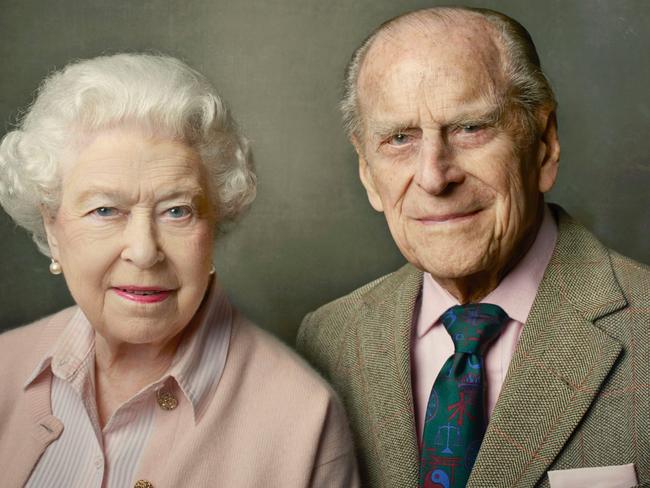
The day before the wedding King George VI gave Philip the title His Royal Highness, Duke of Edinburgh, Earl of Merioneth and Baron Greenwich of Greenwich in the County of London.
By 1952 when Elizabeth was set to became Queen there was general agreement Philip was the right man to play the royal consort, his independence and strength of character a much needed support for what was to come as monarch.
Originally published as The unconventional romance between Prince Philip and Queen Elizabeth II




